In industrial park real estate, the models industrial clusters and industrial parks are often confused. Let’s distinguish these two models by comparing criteria such as definition, scale, goals, etc.
| Criteria | Industrial cluster (“IC”) | Industrial park (“IP”) |
|---|---|---|
| Definition/Concept |
|
Focus on large-scale industrial and service activities. |
| Size & Area |
|
There are no regulations on area limits. Industrial park are usually more than 100 hectares |
| Characteristic | Simple infrastructure | Synchronous infrastructure |
| Production Role |
|
Manufacture large-scale products and provide services for industrial production |
| En
terprise composition |
|
|
| Conditions of establishment |
|
|
| Application for establishment | Do not operate inside industrial clusters. | Established and operating in an industrial park. |
| For export processing enterprises | Thap Cham Industrial cluster | Du Long Industrial Park |
1. Size & Area
The area of an industrial park (Industrial park) has no specific limit, and it is regulated based on the planning of local or national management agencies. Some industrial parks can reach a scale of over 3,000 hectares, such as Deep C Hai Phong Industrial Park complex (3,400 hectares) and Sonadezi Chau Duc Industrial Park (2,287 hectares). In contrast, industrial clusters are typically smaller, ranging from about 10 to 75 hectares, including expansion areas.
This difference is due to industrial clusters and parks’ different land use goals. State regulations on land management and development planning also play a significant role in determining the size of each model.
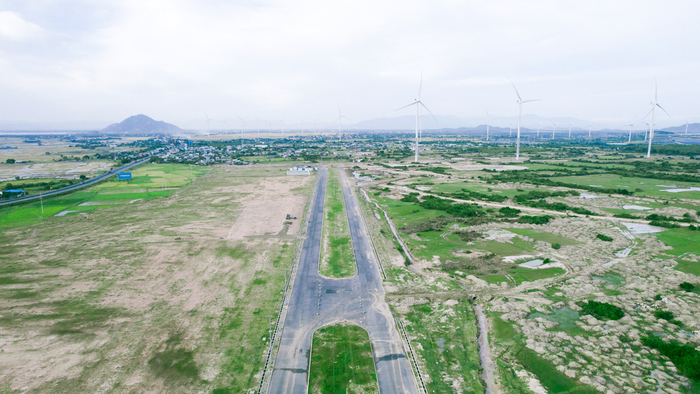
2. Characteristic
Industrial parks feature comprehensive infrastructure designed to support a wide range of industries. They are equipped with advanced facilities and services to accommodate diverse industrial activities.
In contrast, industrial clusters typically have simpler infrastructure, suited to basic industries such as handicrafts and the processing of agricultural, forestry, and fishery products.
This difference highlights the primary goal of each model: industrial parks aim to support a broad spectrum of industrial production, while industrial clusters focus on specific industry groups, processing mechanisms, and handicrafts.
3. Production role
In terms of role, industrial parks and industrial clusters both play a significant role in attracting investment foreign investment and developing the national economy. However, each model is guided by the Government to support different sectors
- Industrial Parks: These are designed to support a broad range of industries and attract large-scale investments. They contribute to national economic growth through diverse industrial production.
- Industrial Clusters: Focus on agriculture and handicrafts. Investors in industrial clusters are often involved in the processing of agricultural, forestry, and fishery products, as well as family-run businesses producing handicrafts on a small to medium scale. This orientation helps promote rural development and preserve traditional craft villages in a modern and sustainable way.
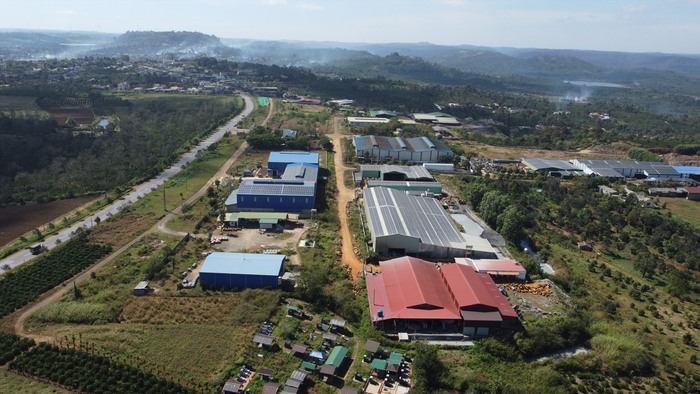
Currently, industrial parks in Vietnam are “magnets” that attract Foreign Direct Investment (FDI), bringing in billions of dollars in new investment each year. These industrial parks are planned according to many different models to maximize their potential and enhance the attractiveness of the national economy, including supporting industrial parks, urban industrial parks, high-tech industrial parks, specialized industrial parks, and eco-industrial parks.

4. Enterprise composition
With a limited scale of about 10 – 75 hectares, IC is a suitable destination for businesses and family-run operations in the agricultural and handicraft sectors.
Products of businesses operating in industrial clusters often depend on local strengths such as agriculture, forestry and fisheries, craft village products, or equipment to serve production needs.
In contrast, industrial parks concentrate on large-scale or foreign-invested enterprises. They leverage their strategic location and infrastructure to expand business scale and optimize production processes. Therefore, a province can host various industrial park models to cater to different production purposes and business activities.
5. Conditions of establishment
According to Decree No. 68/2017/ND-CP on management and development of industrial clusters, industrial clusters need to meet 3 factors to be eligible to be established:
- State Approval: The cluster must have planning approval from the State
- Infrastructure Investment: There must be an investor responsible for developing the infrastructure.
- Occupancy Rate: The cluster must achieve a 30% occupancy rate within one year of starting operations.
For industrial parks, as stipulated in Decree No. 35/2022/ND-CP, similar conditions apply. However, investors in industrial parks need to prepare additional policies and operating mechanisms for secondary investors. For specific models like ecological and high-tech industrial parks, investors must also ensure the development of comprehensive infrastructure that meets relevant standards.
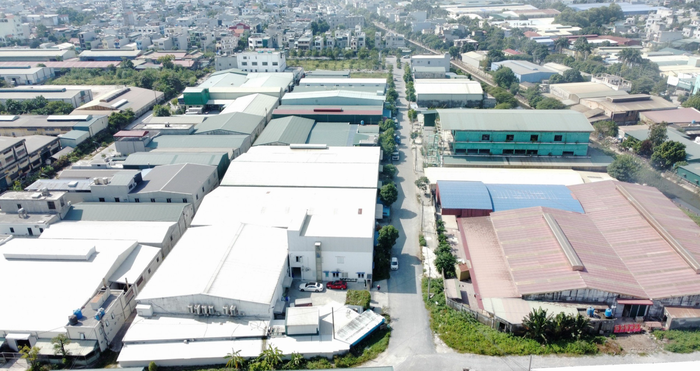
6. For export processing enterprises
Export processing enterprises are a specific type of enterprise that specializes in producing products for export purposes. According to Decree 35/2022/ND-CO regulations, export processing enterprises are only allowed to establish and operate in industrial parks, export processing zones, and economic zones. Export processing enterprises are not approved to be licensed in industrial clusters.
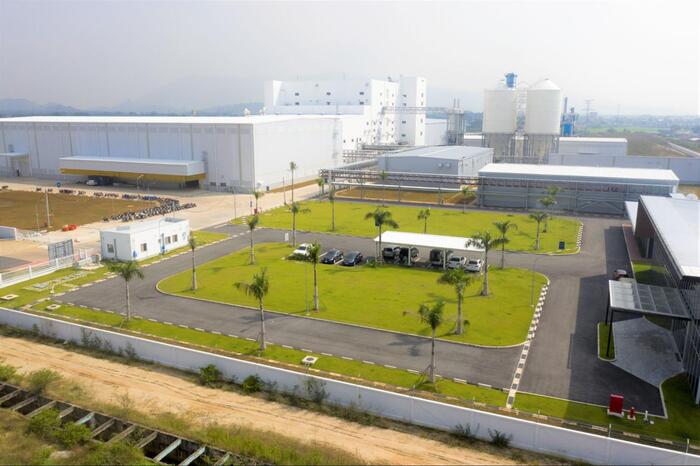
7. Industrial clusters and industrial parks in VietNam
According to VN Economy, Vietnam is making substantial progress in industrial park development. In the first half of 2014, there were more than 10 new industrial parks approved for investment. New and key IPs include VSIP Lang Son and VSIP Ha Tinh. The occupancy rates for industrial parks are also impressive: 38% in the North (up 3% from the previous year) and 92% in the South (up 1% from the previous year).
While industrial clusters attract less investment compared to industrial parks, there have been notable developments. For instance, the State has introduced Decree No. 32/2024/ND-CP to enhance the management and development of industrial clusters. Additionally, the VKC Group has launched a significant 335-billion VND industrial cluster in Nghe An.
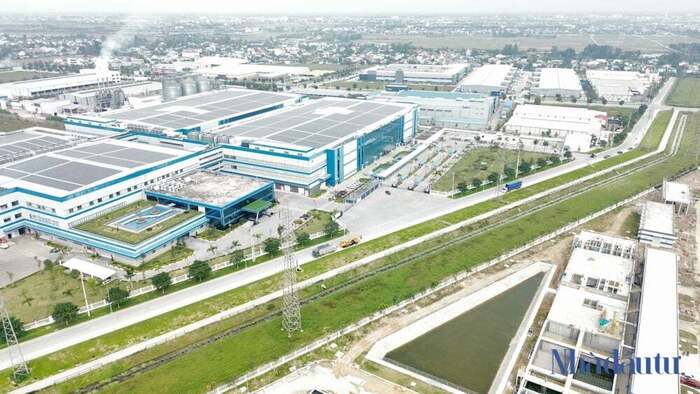
In the period 2030 – 2050, Vietnam will continue to promote the development of industrial clusters and industrial parks with an emphasis on environmental sustainability and renewable energy practices.
To understand concepts about the industrial real estate market, please regularly follow our website at https://dulongip.vn/ to get more information on incentives and investment opportunities in Ninh Thuan province, please contact the hotline at 096.230.5757 for support!
